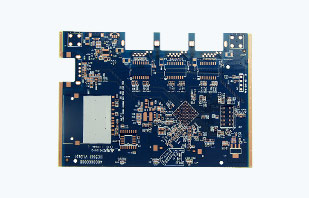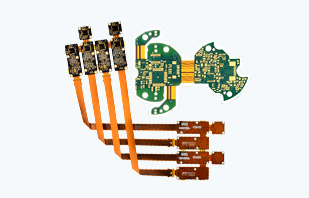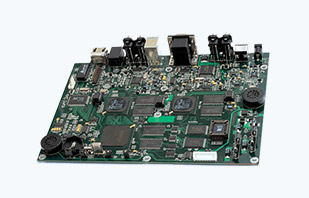
Quick Turn & Competitive Price
Express PCB service, 24H lead time.
2L PCB prototypes start from $12
4L PCB prototypes start from $49

Full Feature PCB
Standard PCB, Flexible PCB,
Rigid Flex PCB, High TG PCB,
Heavy Copper PCB, Rogers PCB

PCB Assembly Service
High Quality PCB Manufacturing,
Original Components Sourceing,
Turn-key PCB Assembly Service


 Facebook
Facebook Google+
Google+ Twitter
Twitter